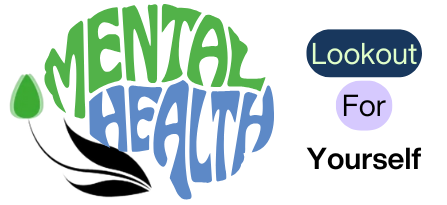The Aggression Scale
The Aggression Scale used in psychology are essential tools for clinical and research assessments. This post is based on dissertations submitted by students during their academic programs. At ‘Mental Health,’ we arrange and provide these resources to you. Here is the complete list of resources (Click Here). To access these materials, click on the ‘Avail File’ section below.”
Table of Contents

About The Aggression Scale
Adolescence is a developmental stage often marked by heightened emotions, including aggression, which can be influenced by various social, environmental, and personal factors. Recognizing the need for a straightforward, empirically supported measure, Orpinas and Frankowski developed the Aggression Scale as a way to systematically capture adolescent aggression levels for research and intervention purposes.
Description
The Aggression Scale consists of a series of items that ask adolescents to report how often they have engaged in aggressive behaviors, such as hitting, teasing, or threatening others. Respondents rate the frequency of each behavior over a specified period, usually in the past week or month, using a Likert-type scale. Higher scores indicate a greater frequency and intensity of aggressive behavior. This tool helps differentiate between individuals exhibiting occasional aggressive behavior and those with more consistent patterns, allowing for more targeted intervention.
Psychometric Properties
- Reliability: The Aggression Scale has demonstrated high internal consistency, making it a reliable tool for measuring self-reported aggression in adolescent populations.
- Validity: Studies have shown the scale to have good construct validity, correlating well with other established measures of aggression and behavioral issues.
- Applicability: The scale’s straightforward design makes it suitable for use in diverse adolescent settings, including schools and mental health clinics.
Age Group
The Aggression Scale is suitable for young adolescents, typically those aged 11 to 16 years. It has been widely used in studies focusing on middle and early high school students.
References
Orpinas, P., & Frankowski, R. (2001). The aggression scale: A self-report measure of aggressive behavior for young adolescents. Journal of Early Adolescence, 21(1), 51-68.
Avail the File
If you would like to learn more about the The Aggression Scale or access it for research or clinical purposes, please reach out through our Contact Us page. At ‘Mental Health,’ we are committed to providing access to reliable assessment tools to enhance research and intervention efforts.
Follow Us:
Reference File: Aggression-A44
Disclaimer
Please be aware that MentalHealth.com.pk does not hold the rights to grant permission for the use of any psychological scales, questionnaires, or inventories listed on its website. If you wish to use any of the scales, questionnaires, or inventories featured on our site, it is your responsibility to obtain permission directly from the author, translator, or publisher of the respective tool.
MentalHealth.com.pk provides information about various assessment measures and their administration procedures for educational purposes only. We do not endorse or claim ownership of any of the tools mentioned. We strive to provide accurate and up-to-date information to our readers, but we cannot guarantee the completeness or accuracy of the information presented.
If you require further information or need assistance in contacting an author or obtaining permissions, please feel free to reach out to our team. We are here to assist you with any inquiries you may have.

